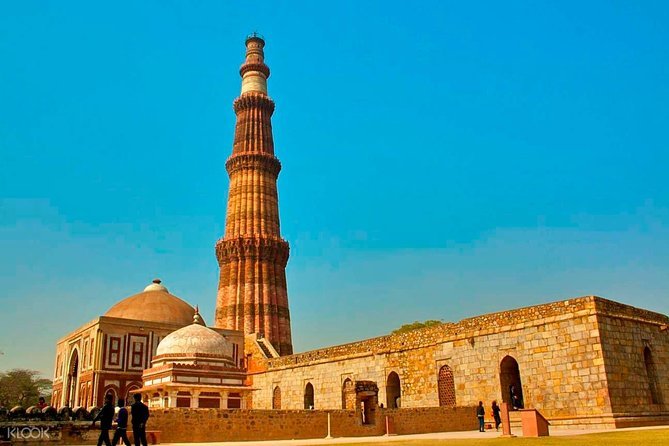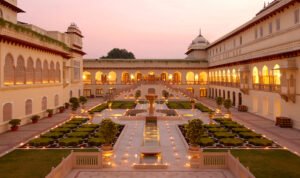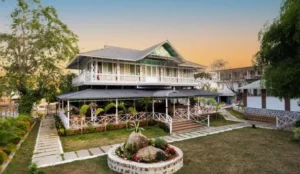Introduction
Standing tall at 73 meters, the Qutub Minar is the world’s tallest brick minaret and one of the finest examples of early Indo-Islamic architecture. Located in Mehrauli, Delhi, this UNESCO World Heritage Site is a testament to India’s rich history, blending Afghan and Indian architectural styles. Built in 1193 by Qutb-ud-din Aibak, the founder of the Delhi Sultanate, the tower has witnessed the rise and fall of empires and remains one of the most visited monuments in India.
Historical Significance
The construction of Qutub Minar marked the beginning of Muslim rule in India. It was built as a victory tower after the defeat of the last Hindu kingdom in Delhi. While Qutb-ud-din Aibak laid the foundation, it was later expanded by his successors, Iltutmish and Firoz Shah Tughlaq. The minaret also served as a call to prayer for the nearby Quwwat-ul-Islam Mosque, the first mosque built in India.
Architectural Marvel
Qutub Minar is a five-story structure made of red sandstone and marble, adorned with intricate carvings and verses from the Quran. Each story has a distinct architectural style, reflecting the changes introduced by different rulers.
Key Architectural Features
First three stories: Built with red sandstone, featuring fluted designs and calligraphic inscriptions.
Fourth and fifth stories: Added later by Firoz Shah Tughlaq using marble and sandstone, giving the minaret its distinct two-tone appearance.
Balconies: Each level has a projecting balcony, supported by intricately carved stone brackets.
Quranic Inscriptions: Arabic inscriptions detail the history of its construction.
Tapering Design: The base diameter is 14.3 meters, narrowing to 2.7 meters at the top, creating an elegant and soaring effect.
Qutub Complex: More Than Just a Minaret
The Qutub Minar is part of a larger complex featuring several historical monuments, making it an archaeological treasure trove.
Major Attractions in the Qutub Complex
Quwwat-ul-Islam Mosque: The first mosque in India, built from materials taken from Hindu and Jain temples.
Iron Pillar of Delhi: A mysterious 7.2-meter tall iron pillar that has not rusted for over 1600 years, believed to have been erected during the Gupta Empire.
Alauddin Khilji’s Tomb and Madrasa: The remains of a tomb and school built by the Khilji dynasty.
Alai Minar: An incomplete tower intended to be twice the height of Qutub Minar, built by Alauddin Khilji.
Tomb of Iltutmish: The final resting place of Sultan Iltutmish, featuring stunning Indo-Islamic carvings.
Best Time to Visit
October – March: The best time to explore, as the weather is pleasant.
Evening Hours: Perfect for photography, as the golden hues of the sun enhance the monument’s beauty.
Entry Fees & Timings
Timings: Open daily from 7:00 AM to 9:00 PM.
Entry Fees:
Indian Citizens: ₹40
Foreign Tourists: ₹600
Children (Below 15 years): Free
How to Reach Qutub Minar?
By Metro: The nearest metro station is Qutub Minar (Yellow Line), just 1 km away.
By Road: Well-connected by Delhi’s bus and auto-rickshaw network.
By Train: The nearest railway station is Hazrat Nizamuddin (13 km away).
Nearby Attractions
Mehrauli Archaeological Park: A lesser-known gem featuring tombs, stepwells, and ruins from different periods.
Garden of Five Senses: A beautifully landscaped park perfect for relaxation.
Lotus Temple: A stunning modern architectural wonder, just a short drive away.
Conclusion
The Qutub Minar is not just a towering structure but a symbol of Delhi’s historical grandeur. Whether you are a history enthusiast, architecture lover, or a traveler exploring India, a visit to this site offers a glimpse into the architectural brilliance and cultural fusion of medieval India.









